Does this mean that my pipes have burst or are frozen?
tlbean2004
9 years ago
Related Stories

KITCHEN DESIGNKitchen of the Week: A Burst Pipe Spurs a Makeover
Once dark and clunky, this compact kitchen in a 1962 ranch is now light, bright and cheerful
Full Story
HOUZZ TOURSMy Houzz: A Creative Home Bursting With Dark Colors
Animal skulls, snakeskin wallpaper and black candles: This creative couple’s home celebrates an extravagant mix of color and texture
Full Story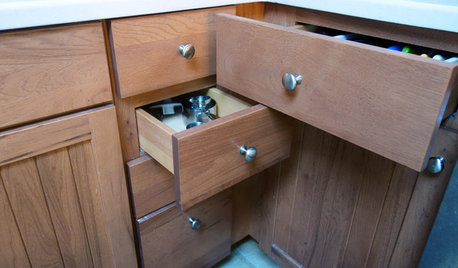
FUN HOUZZ10 Truly Irritating Things Your Partner Does in the Kitchen
Dirty dishes, food scraps in the sink — will the madness ever stop?
Full Story
REMODELING GUIDESBathroom Workbook: How Much Does a Bathroom Remodel Cost?
Learn what features to expect for $3,000 to $100,000-plus, to help you plan your bathroom remodel
Full Story
KITCHEN DESIGNKitchen of the Week: Double Trouble and a Happy Ending
Burst pipes result in back-to-back kitchen renovations. The second time around, this interior designer gets her kitchen just right
Full Story
LANDSCAPE DESIGNHow to Move Water Through Your Landscape
Swales, underground pipes or a mix of both: There’s more than one way to distribute water in the garden
Full Story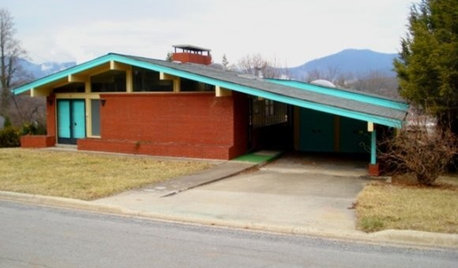
LIFEHouzz Call: Show Us the House You Grew Up In
Share a photo and story about your childhood home. Does it influence your design tastes today?
Full Story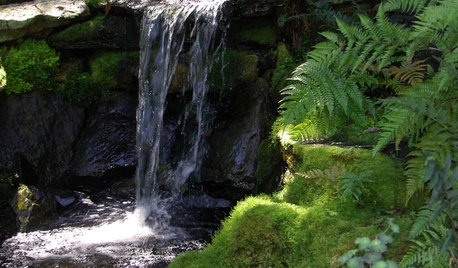
LANDSCAPE DESIGN9 Ideas for Thoughtful Gardening in 2014
Start the year with a new way of thinking about your yard. Does one of these garden experiences sound good to you?
Full Story
HOUSEKEEPINGWhat's That Sound? 9 Home Noises and How to Fix Them
Bumps and thumps might be driving you crazy, but they also might mean big trouble. We give you the lowdown and which pro to call for help
Full Story
EARTH DAYGrow a Beautiful Garden With Ecofriendly Greywater
Reducing home water waste means lower bills and a healthier planet. Here's how to set up a greywater home irrigation system that can help
Full StoryMore Discussions







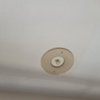

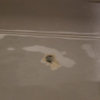
User
kudzu9
Related Professionals
Wolf Trap Handyman · Cheney General Contractors · Galveston General Contractors · Goldenrod General Contractors · Post Falls General Contractors · Rohnert Park General Contractors · Rosemead General Contractors · Waianae General Contractors · Danbury Painters · Bothell Painters · Jensen Beach Painters · La Vergne Painters · Marlboro Painters · South Pasadena Painters · Ypsilanti Paintersrandy427
kudzu9
tlbean2004Original Author
klem1
kudzu9
bus_driver
klem1
bus_driver
klem1
bus_driver
sdello